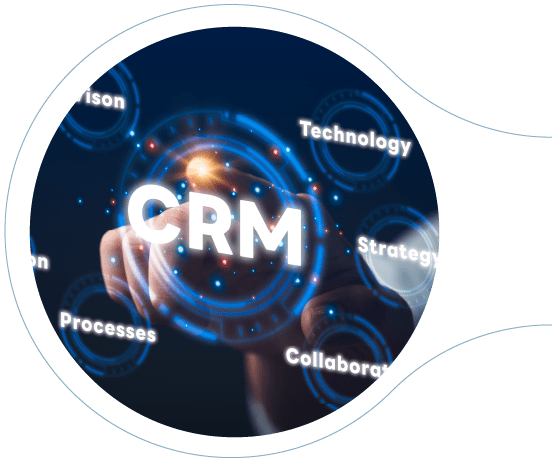
The client’s Sales and Marketing division faced challenges in proper analysis and prioritization of their customer enquiries according to their conversion potential. Also, a large volume of enterprise data remained underutilized due to inefficient data capture mechanisms. As a result, they were dealing with a surge in delayed target follow-ups and were losing out on sales conversions.
Advanced data analytics and processing tools
Predictive modeling
Data visualization tools
Application development

One of the primary challenges that sales and marketing teams in the automotive industry predominantly face is harnessing the hidden potential within their data to study customer buying behavior and chalking out their purchasing journey. With customer spending in a slump, enterprise leaders are tasked with tracking high-intent buyers and enhancing demand forecasts because missed opportunities simply mean low revenue, poor sales performance, and staggered business continuity.
There is a need for a unified platform to gather sales, marketing, and historical data to track customer journeys, predict customer churn, fine-tune their marketing efforts, and accordingly allocate resources, besides providing a higher return on advertising spending (ROAS).
Our client, a leading multinational automotive conglomerate with a global presence in over 100 countries, had a vast customer information repository captured through an outdated dealer management system. This included over 400,000 enquiries, 86 data fields per enquiry, 32 different vehicle groups, and multiple models spanning 8 locations across 5 zones. Legacy data capture methods and an absence of predictive modeling and analytics resulted in ineffective lead categorization and prioritization. This led to many high-potential leads not being identified or followed up on time. To address this issue, the client looked forward to an advanced system that could utilize relevant enterprise data to the fullest extent, from analyzing enquiries to categorizing and prioritizing potential leads to predicting sales conversions. Such data-driven insights could also empower the client to elevate follow-ups based on their probability of sales conversion, improving sales prediction accuracy through ultimately enhancing their sales performance.

Our experts assessed the client’s Sales and Marketing landscape and identified their data silos and infrastructure gaps as the root cause for fragmented processes. To accelerate process improvement, Bosch SDS tailored an integrated predictive analytics solution. We adopted a three-phase approach, which significantly contributed to the sales propensity model creation and helped them improve core functions across sales and marketing with the following measures.
Bosch SDS transformed the client’s sales and marketing processes with advanced predictive analytics and a sales propensity model, which elevated the probability of sales conversion. By adopting a data-driven approach, the client could also arrive at key decisions and strategize dynamic solutions.
Achieved an overall sales prediction accuracy of more than 82%
Provided sales prediction capabilities across a diverse range of product models and geographical locations
Enabled quick lead conversion
Better inventory planning through classified specific model types with high conversion rates
Enhanced resource utilization at dealerships
Increased sales conversions
Improved sales forecasts and demand planning

Our extensive industry expertise and deep understanding of the automotive sales and marketing domains enabled us to deliver end-to-end support, from gaining contextual knowledge of client landscape analysis to the final implementation of the sales prediction model. Leveraging SDS’ data-driven model and three-phased approach empowered the client to improve accuracy, efficiency, and profitability. The client benefitted from a more streamlined workflow through automated lead prioritization, minimized risk of losing valuable opportunities, more personalized engagement strategies, optimized stock management, and inventory planning, and stronger strategic resource allocation across dealerships. This, in turn, improved their agility to respond effectively to market fluctuations and changing customer preferences based on predicted demand, maximizing ROI.
